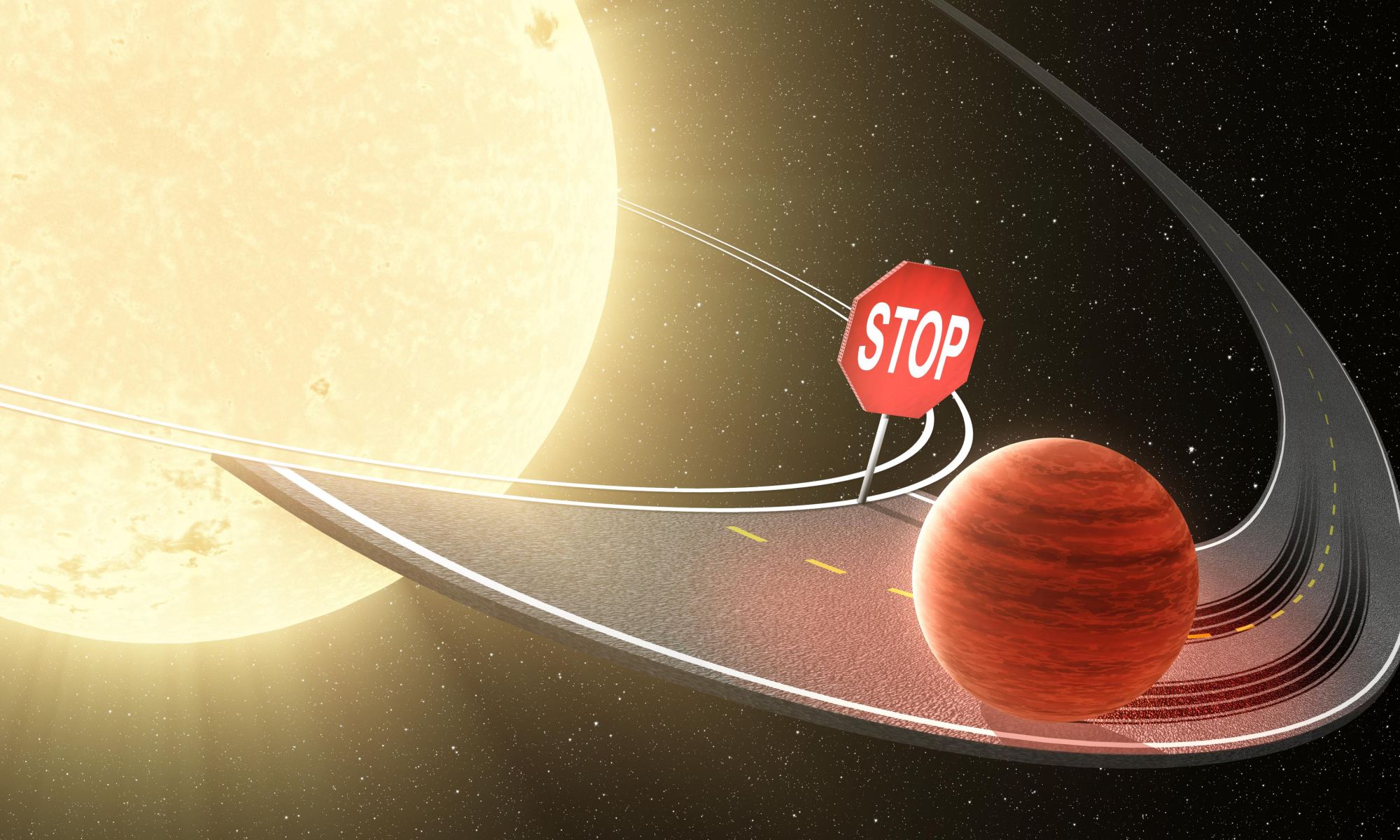Although they are very different today, Venus, Earth, and Mars were very similar in their youth. All three were warm, with thick, water-rich atmospheres. But over time, Mars became a cold, dry planet with a thin atmosphere, and Venus became superheated, with a crushing, toxic sky. Only Earth became a warm ocean world teeming with life. But why?
Continue reading “Maybe Venus Was Never Habitable”Maybe Venus Was Never Habitable





